My photo, taken in Namibia, shows the fifth brightest galaxy in the sky. It is already recognisable in binoculars as a faint patch of nebulosity and is known as Centaurus A. It is surrounded by a lot of dust, which
Read more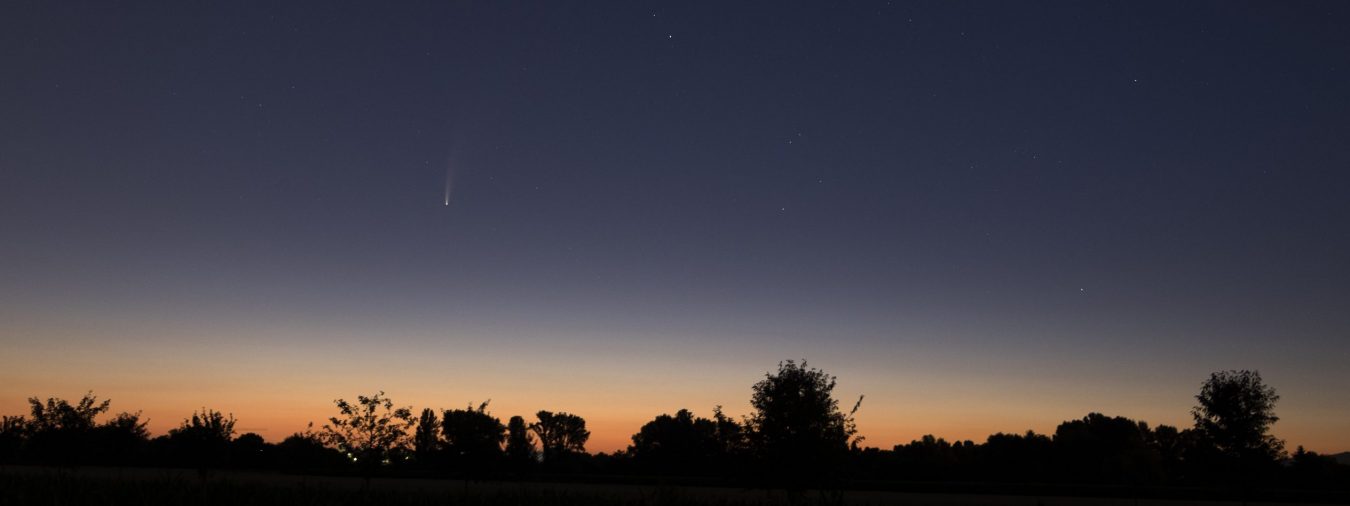
Centaurus A
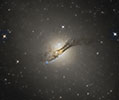
Vela Supernova – GUM16
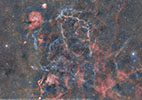
Around 11,000 years ago, a supernova exploded in the constellation of Vela. The explosion was so bright that our ancestors could see it in the daytime sky. The outer layers of the exploding star collided with the interstellar medium and
Read moreAnteater – NG6726
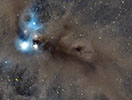
A seemingly bizarre complex of dust and gas appears with two bright blue reflection nebulae that complement the body of an anteater like bulging eyes. Weak legs spread out on either side. It also appears to be keeping an eye
Read moreCoalsack and Southern Cross
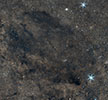
The Coalsack is probably the best-known nebula in our Milky Way that can be seen with the naked eye in the southern starry sky. It neighbors directly on the constellation “Southern Cross”, which stands out from the millions of other
Read moreGlobular Cluster 47Tucanae
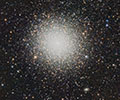
The globular star cluster 47 Tucanae is a jewel in the southern sky. It is the second brightest globular cluster in the sky after Omega Centauri. It can be seen with the naked eye near the Small Magellanic Cloud in
Read moreEta Carinae Nebula – NGC3372
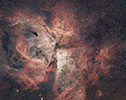
The sight of the Eta Carinae nebula in the southern night sky is unique; it is the brightest nebula in the sky. The light of its central star Eta Carinae is strongly attenuated by the nebula, and the nebula thus
Read moreMolecular Clouds in Chamaeleon
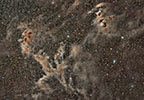
The constellation Chameleon lies near the southern celestial pole and can only be recognised far to the south. This constellation contains large molecular clouds of dust and gas. My photo taken in Namibia shows such clouds with bizarre structures. A
Read moreSmall Magellanic Cloud – NGC292
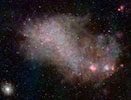
Andrea Corsali was the first European to describe the Magellanic Cloud in 1515, but it became better known six years later when Ferdinand Magellan described his circumnavigation of the globe. Like the Large Magellanic Cloud, the Small Magellanic Cloud is
Read moreTarantula Nebula – NGC2070
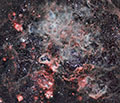
The bright Tarantula Nebula lies in one of our neighbouring galaxies, the Large Magellanic Cloud. It was visible to the naked eye in the southern sky in Namibia during clear nights. The nebula appears in the sky as the brightest
Read moreLarge Magellanic Cloud – PGC 17223
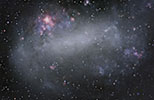
The Large Magellanic Cloud is the brightest neighbouring galaxy to our Milky Way. Simulations calculate that it will probably collide with our Milky Way in one to four billion years. Ferdinand Magellan set out 500 years ago with a fleet
Read more